Invented by Gang Chen, Darya Burakov, James P. Fandl, Regeneron Pharmaceuticals Inc
One of the main reasons for the interest in fucosylation-deficient cells is their potential in the field of cancer research. Fucose-containing molecules on the cell surface, such as selectin ligands, are known to play a role in tumor metastasis and immune evasion. By removing fucosylation from cells, researchers can study the impact of this modification on cancer progression and develop novel therapeutic strategies to target fucose-dependent processes.
Moreover, fucosylation-deficient cells have shown promise in the field of regenerative medicine. The ability to manipulate cell surface fucosylation can enhance the efficiency of cell engraftment and tissue regeneration. For example, fucosylation-deficient mesenchymal stem cells have been shown to exhibit improved migration and homing capabilities, making them attractive candidates for cell-based therapies.
In addition to cancer research and regenerative medicine, fucosylation-deficient cells have potential applications in immunotherapy. Fucose-containing molecules on immune cells, such as T cells, are involved in immune cell trafficking and activation. By modulating fucosylation, researchers can potentially enhance the efficacy of immune cell-based therapies, such as CAR-T cell therapy, by improving cell trafficking and targeting.
The market for fucosylation-deficient cells is still in its early stages but is expected to grow rapidly in the coming years. Several companies and research institutions are actively working on developing technologies to generate and characterize these cells. These technologies include gene editing techniques, such as CRISPR/Cas9, to knock out fucosyltransferase genes responsible for fucosylation, as well as screening methods to identify fucosylation-deficient cells.
Furthermore, the market for fucosylation-deficient cells is not limited to academic and research institutions. Pharmaceutical companies are also showing interest in these cells for drug discovery and development. Fucosylation-deficient cells can be used as models to study the impact of fucosylation on drug efficacy and toxicity, providing valuable insights for drug screening and development processes.
In conclusion, the market for fucosylation-deficient cells is expanding due to their potential applications in cancer research, regenerative medicine, and immunotherapy. The ability to manipulate fucosylation on the cell surface opens up new avenues for understanding cellular functions and developing innovative therapeutic approaches. As research in this field progresses, we can expect to see an increase in the availability and utilization of fucosylation-deficient cells in various biomedical applications.
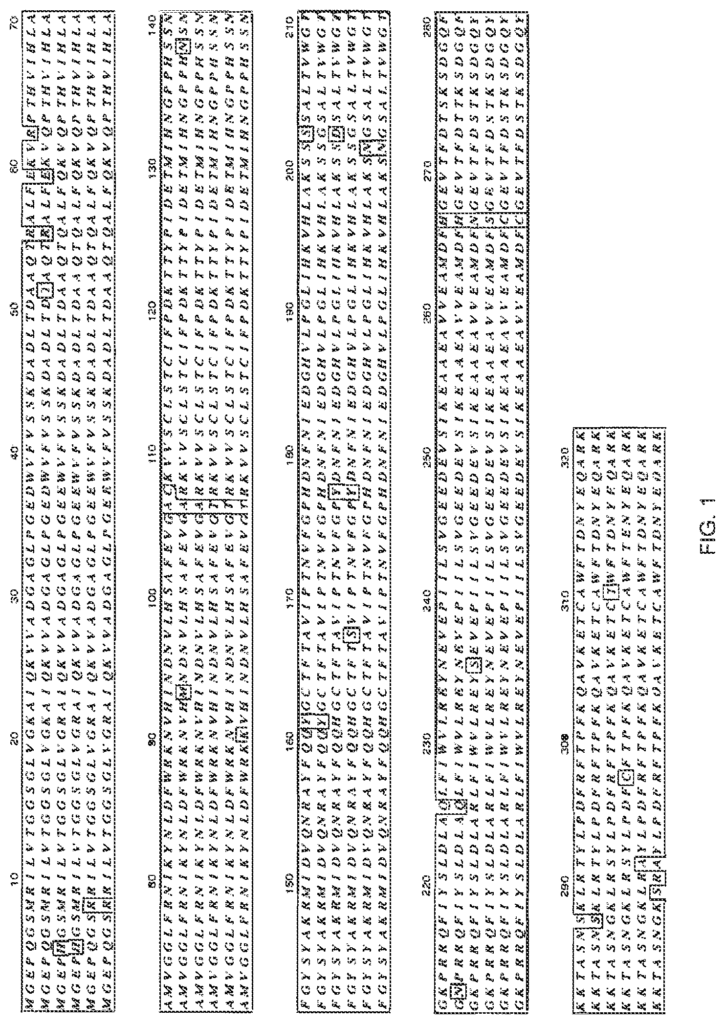
The Regeneron Pharmaceuticals Inc invention works as follows
An isolated RNA encoding a FX protein with a serine in position 79, leucine in position 90, a lysine in position 136, arginine position 211 and serine position 289 is provided.” The cells have a gene that encodes a modified FX, and they can fucosylate glycoproteins at two temperatures. “Methods and compositions are provided for the production of glycoproteins that have reduced fucosylation.
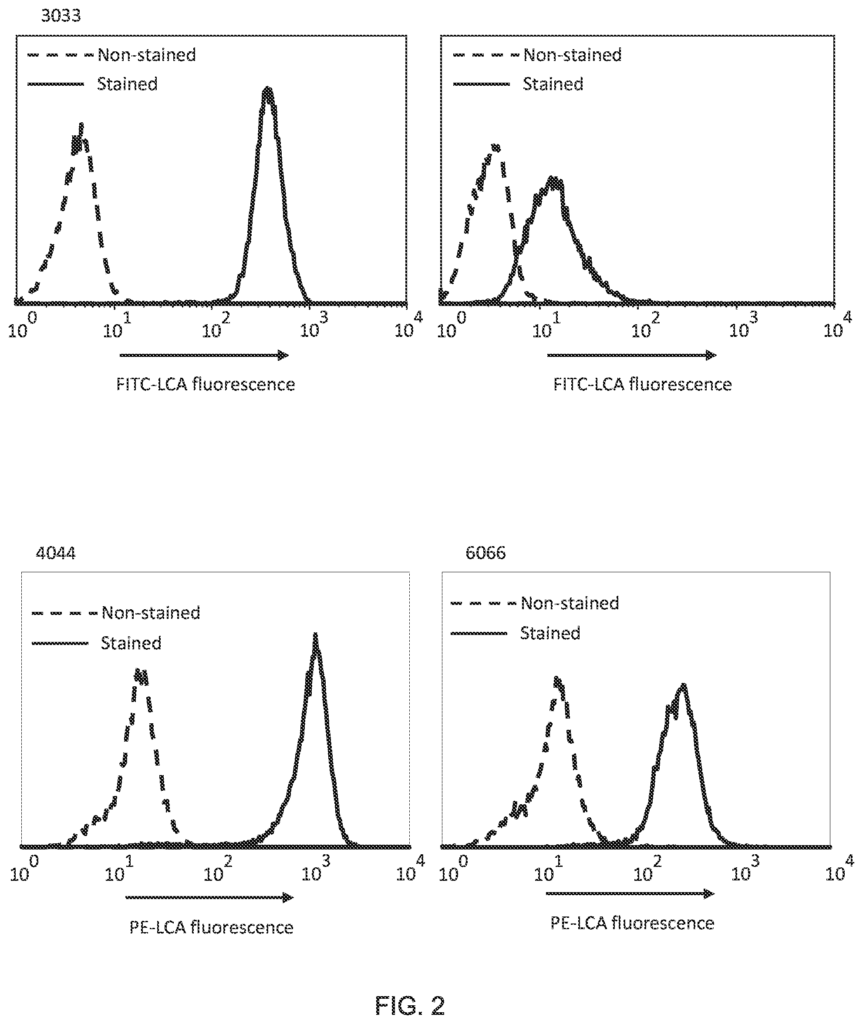
Background for Fucosylation-deficient cells
Cell lines that cannot fucosylate protein are well-known in the art. There are several loss-of function mutants, which are unable fucosylate protein. The most notable are certain Chinese hamster (CHO) cells mutants selected to be resistant to certain lectins. These cell lines are isolated through repeated selections for their inability to bind certain lectins, such as the Lensculinaris, in the presence a mutagen. U.S. Pat. et al. describe other cell lines that are reportedly incapable to fucosylate proteins (e.g. antibodies). Nos. 7,425,466 and 7,214,775 (?1,6-fucosyltransferase, i.e., FUT8 mutant). “There is a need for cell lines that have reduced ability to fucosylate protein, in particular, for cells with reduced Fucosylation ability without a knockout and for cells which conditionally fucosylate protein.
In one aspect, an isolated modified GDP-4-keto-6-deoxy-mannose-3,5-epimerase-4-reductase (FX) protein is provided, comprising a modification selected from the group consisting of 79S, 90K, 136L, 211R, 289S, and a combination thereof. In one embodiment, a 289S is included in the FX protein. In one embodiment, FX protein includes a 289S and at least one modification from the group consisting 79S,90K,136L,211R and combinations thereof.
In one aspect is provided a nucleic acids that codes for modified FX proteins. In one embodiment, the nucleic acids is a cDNA. In one embodiment, the nucleic acids are contained in an expression vector or targeting vector. In one embodiment, an intron is included in the targeting vector’s nucleic acids. In one embodiment, a cDNA that encodes the modified FX is used as the nucleic acids of the vector. The targeting vector can include a sequence of targeting that is able to target the vector at a particular locus within the human genome, non-human primates, hamsters, mice, and rats.
In one embodiment, the cell exhibits no more than 10%, no more than 5%, not even 2%, or not even 1% wild-type FX proteins compared to a cell that lacks the modification. In one embodiment, the cell does not exhibit more than 10% wild-type FX proteins, or more than 5%.
In one embodiment, a cell containing the modified FX nucleic or protein expresses a glycoprotein containing Fc, in which the cell fucosylates not more than 90%, 95%, 96%, 97%, 98% or 99% of the glycoprotein compared to a cell without the modification.
In one aspect, it is provided a cell that has a modification made to the nucleic acids that encode an FX-protein, or expresses a modified FX-protein, and that lacks, or substantially lacks, the ability of the cell to fucosylate glycoproteins at a first temp., but that does not have, or does not substantially not lack, the ability at a second temp.
In one embodiment, the cell’s ability to fucosylate glycoprotein at first temperature ranges from 1% to 10% less than the ability of a cell without the modification to fucosylate glycoprotein. In one embodiment, in comparison to a cell without the modification, the ability of the cell to fucosylate a glycoprotein at a second temperature can be 70%, 80% or 90%.
In a specific embodiment of the FX protein, an amino acid substitute is selected from the group consisting the following amino acids substitutions: 90K. 289S. 211R. 136L. 79S. and combinations thereof. In one embodiment, 289S is substituted.
In one embodiment, FX is derived from a nonhuman primat (e.g. Macaca mutata), a human (e.g. Mus musculus), an animal such as a mouse, a rat, a Chinese hamster or Cricetulus gryceus. In one embodiment, the FX proteins comprises the amino acids sequences of SEQ NO:1, SEQ NO:3, SEQ NO:4, SEQ NO:5, and SEQ NO:6, with or without modifications (e.g. amino acid substitutions).
In one embodiment, nucleic acids code for a protein FX that is at least 90 or 95 percent identical to SEQ ID No:1 and also contains one or more amino acids in one or more positions: 79S. 90K. 136L. 211R. and 289S.
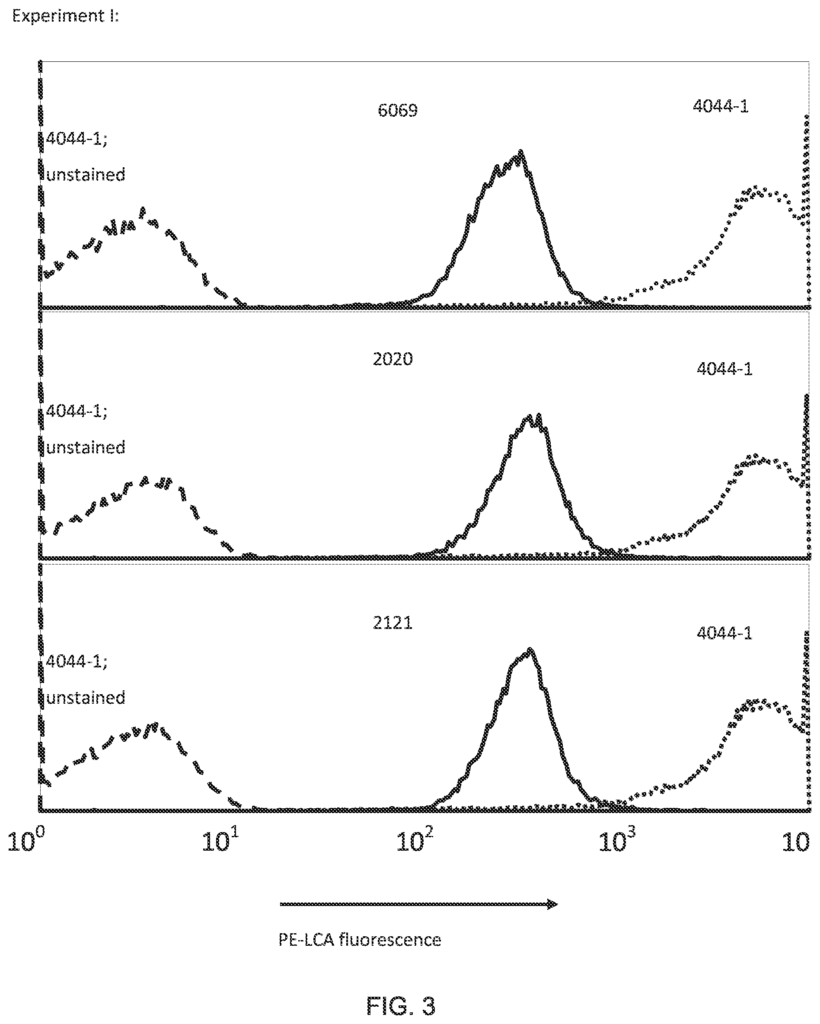
In one embodiment, the nucleic acids code for a FX which is at least 95% the same as the FX in SEQ ID No:2. The FX in a particular embodiment has the amino-acid sequence of SEQID NO:2.
In one aspect, the cell has a modification which results in a decreased ability for the cell to fucosylate glycoproteins. The modification is a mutation in the sequence of the FX gene.
In one embodiment, the cell expresses a wild-type fucosylation pathway enzyme selected from the group consisting of GDP-mannose 4,6-dehydratase (GMD), a wild-type GDP-?-L-fucose pyrophosphorylase (GFPP), a wild-type ?-1,6-fucolysltransferase (FUT8), and a combination thereof.
The cell is able to fucosylate the protein at least 90% less than a cell without the mutation.
In one embodiment, the reduction in a mammalian cellular system that has not been modified is approximately 90%, 91% 92%, 93 %, 94 %, 95 %, 96 %, 97 %), 99%, or 98%.
In one embodiment of the invention, a comparison is made between a modified cell and a control cell under similar or essentially identical conditions (e.g. media, temperature, density of the cell, etc .).
In one embodiment the cell is chosen from COS, 293 BHK, Vero, HeLa, Vero or a mammalian cell transfected by adenoviruses, such as AD5 E1, and includes but is not limited to immortalized human retinal cells transfected by an adenovirus, for example a PER.C6 cell, and an NSO cell. Cells such as the NSO and COS cells are also suitable. In one embodiment, a Chinese Hamster Ovary (CHO) cell is used. In one embodiment, the cell is a K1 CHO cell.
In one embodiment, modification is chosen from the group of amino acids 79S 90K 136L 211R 289S and combinations thereof. In one embodiment, 289S is used as a substitution. In another embodiment, 289S is substituted with one or more of the following: 79S (or 90K), 136L (or 211R) and/or 214R.
In one embodiment, a cell contains an FX gene which encodes a sequence SEQ ID No:1, but with one or more substitutions of amino acids selected from N79S N90K P136L G211R L289S and combinations thereof. In one embodiment, L289S is used in combination with N79S, G211R, P136L and N90K.
In one embodiment, at least one nucleic acids coding for an immunoglobulin is included in the cell. In one embodiment, the protein immunoglobulin is either a mouse or human protein. In one embodiment, the immunoglobulin contains an immunoglobulin heavy chain. In one embodiment, the immunoglobulin contains an immunoglobulin-heavy chain. In one embodiment, an immunoglobulin isotype IgG1, IgG2, IgG3, IgG4 or a combination thereof is used for the heavy chain. In one embodiment, immunoglobulin is heavy chain of an IgG1 type, such as a human IgG1 type. In one embodiment the variable region is a human CDR. In another embodiment it’s a mice CDR.
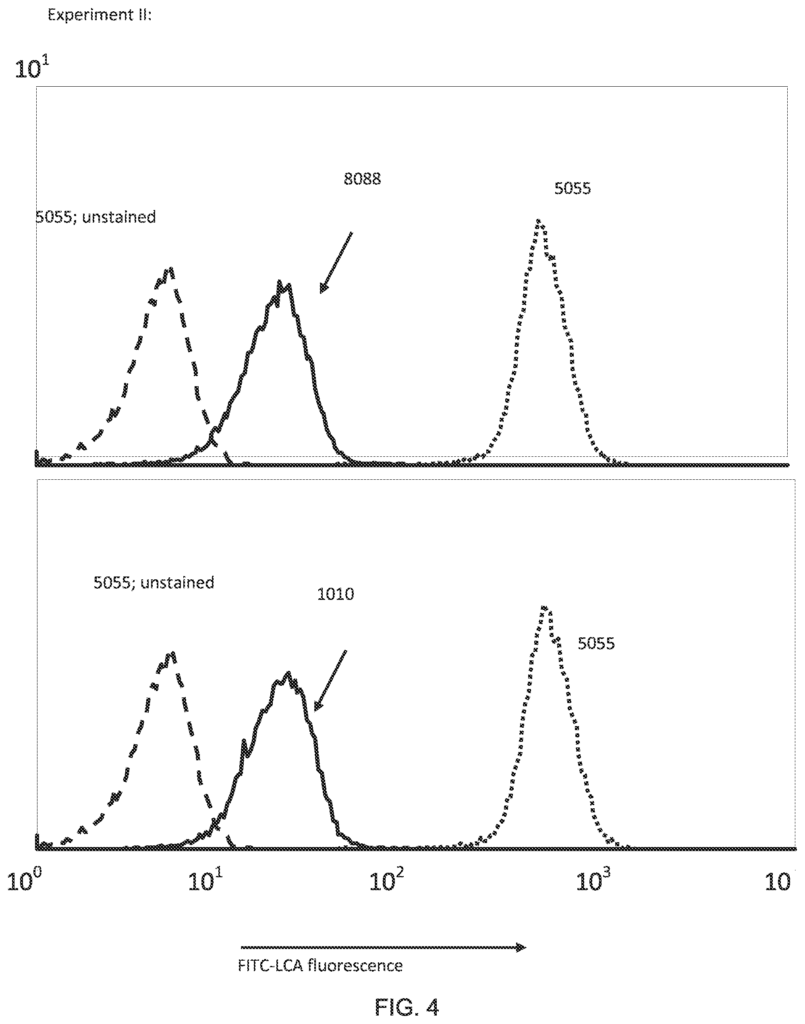
Click here to view the patent on Google Patents.
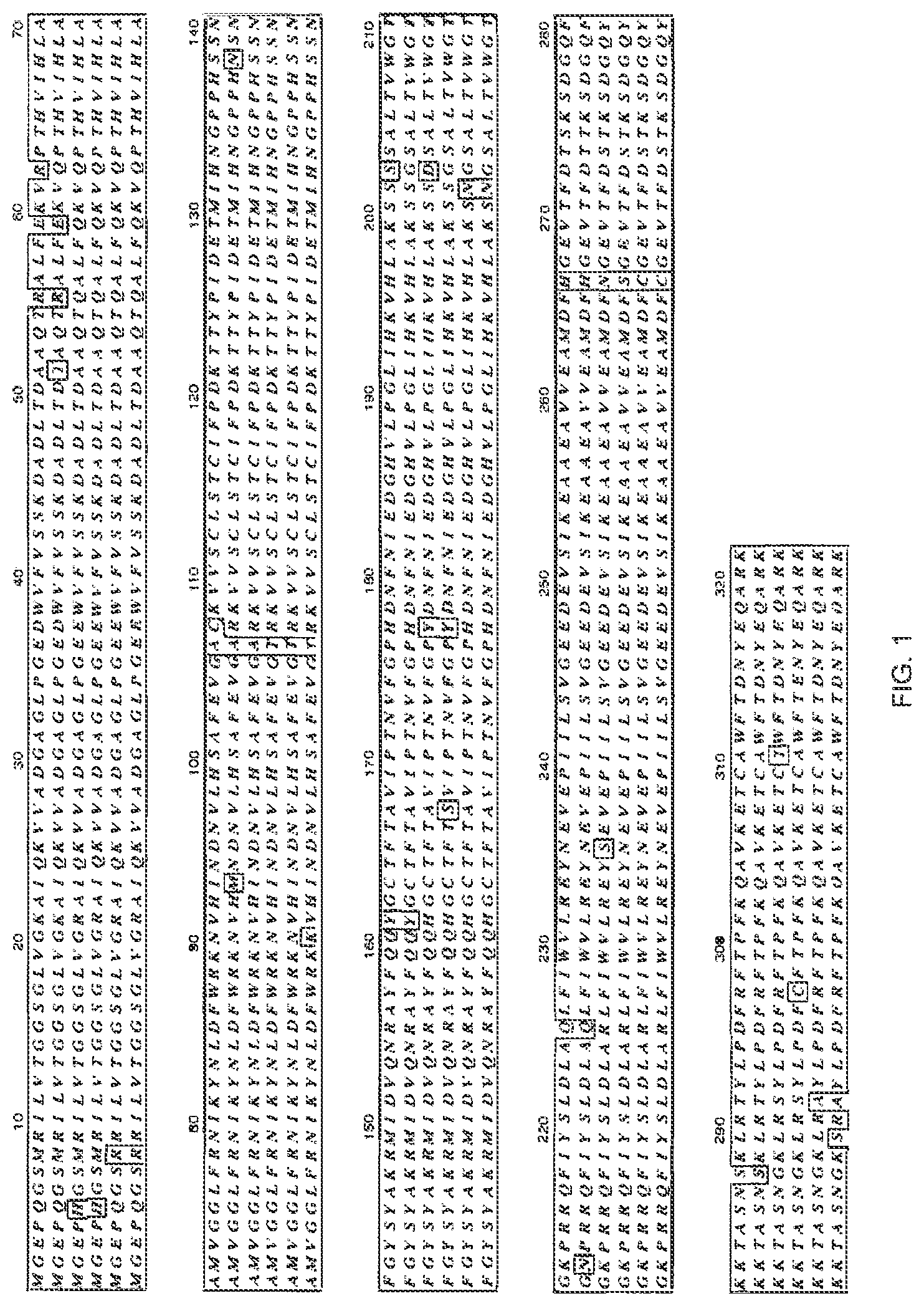
Leave a Reply